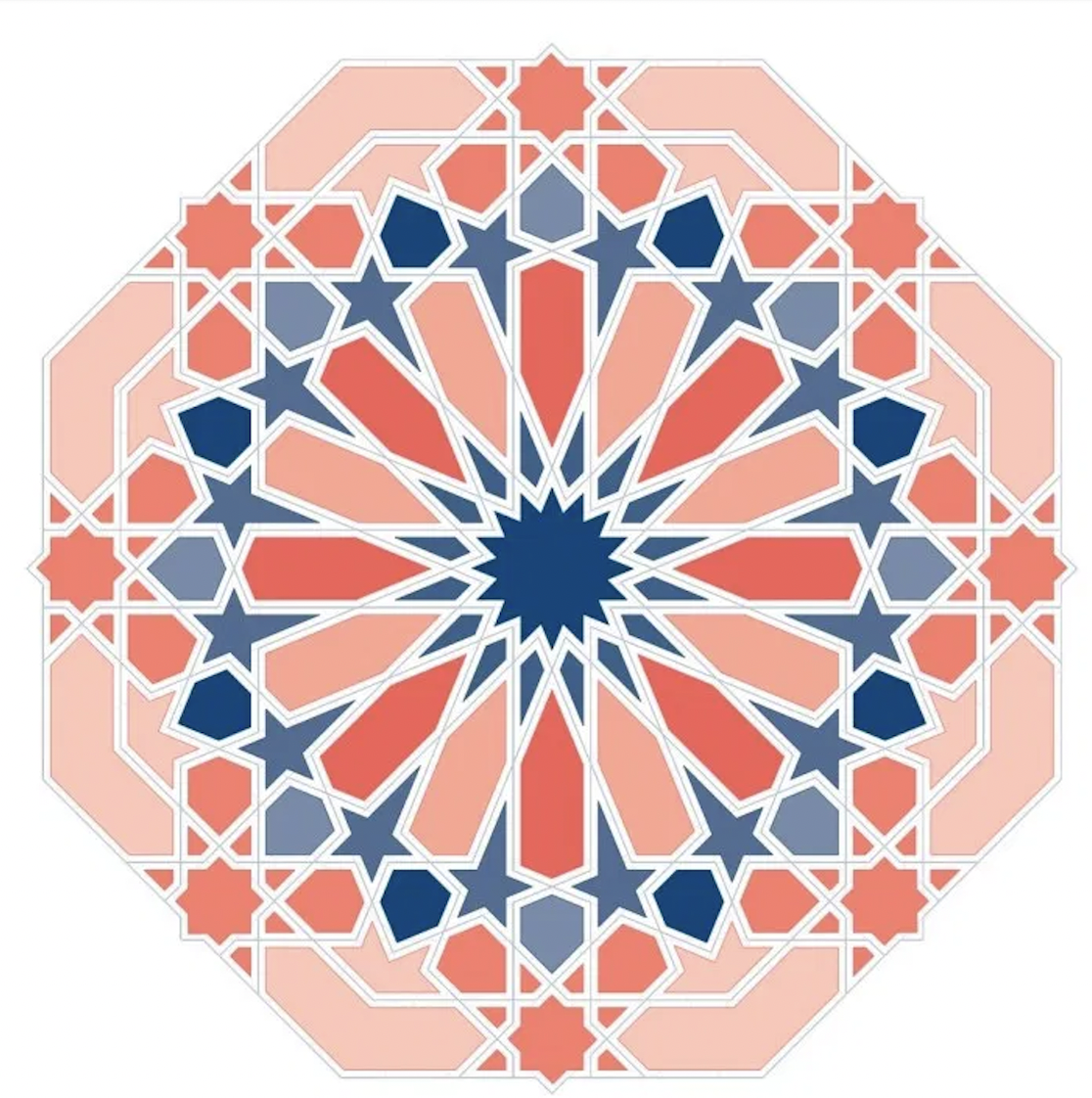‘The Tiger of Mysore’: Decolonising the life of Tipu Sultan
Tipu Sultan, the ruler of the kingdom of Mysore in South India (1751-1799) was a powerful, advanced and wealthy Muslim ruler, and the last strong challenger of British rule in India. He was referred to by the Brits as the ‘Tiger of Mysore.’
In Kate Brittlebank’s book, ‘Tiger: The Life of Tipu Sultan,’ she describes Tipu as “the last bulwark against British imperial desires.”
After thirty years, and four Anglo-Mysore wars, the British managed to eventually defeat Tipu, and he was killed on the battlefield. After Tipu fell, the next big rebellion against the British was not until the first Indian war of independence in 1857.
Tipu has a mixed reputation, and much of his character has been maligned through colonialist and anti-Muslim propaganda. Brittlebank does not delve into the controversy, but instead focuses on an overview of the man; his vision and character.
As a ruler of a majority-Hindu population of Mysore in South India, it was essential for Tipu to keep the peace and stability in his land. The historical sources, as Brittlebank points out, actually reveal a tolerant and just ruler.
He was a religious and God-conscious man, and patronised many temples as well as mosques. Brittlebanks says that to Tipu “a peaceful realm was a productive realm, which in turn provided reliable revenue through taxation.” He also used imagery that promoted the power of his kingship with symbols that were inclusive and resonated with his Hindu and Muslim subjects.
The use of tiger and sun imagery was relevant to both cultures. Brittlebank asserts this point: “In Tipu’s case, the sun and the tiger had both regional and broader Islamic associations, making them effective markers of his kingship for Muslims and non-Muslims alike.”
Historian, Bhupendra Yadav states: “Tipu Sultan would have remained a despised fanatic but for a discovery in the records of the Sringeri math (or monastery) in 1913 were found 21 letters written by Tipu to the priest of this monastery whom he reverently called ‘Jagadguru’. The reputation of Tipu which was ruined by his bigoted courtiers was rescued by records of a Hindu religious institution.”
Tipu was highly educated, cultured and a shrewd ruler. His personal library contained 2000 volumes at the time of his death. Tipu inherited the throne from his father Haider Ali in 1782, and stepped into his father’s capable shoes. Both men were able rulers who resisted the might of the British, and managed to keep them at bay for decades.
Both Tipu and his father were wise to the threat that the East India Company posed to India and its people. They foresaw the disaster that the British would bring to the subcontinent. However, both were isolated voices among Indian rulers of the time, who were entering into alliances with the British.
It is therefore no wonder that the British maligned Tipu in the way that they did. He was clearly a thorn in the British side, and they destroyed his reputation with hostile propaganda. Brittlebank says: “We already know that the British victors painted a picture of Tipu as a religious bigot and a tyrant. But we also know that contemporary evidence does not support such a portrayal.”
There is a historical context to the British attitude towards Muslims in India which goes back at least as far as the Crusades. Brittlebank states: “The hostile rhetoric of the British drew upon imagery with deep roots in Europe. As a result of the old animosity between Christendom and Islam, which had begun with the Crusades, the emphasis on Haidar and Tipu as ‘Mahomedans’ would have resonated strongly with their non-Indian audience.” This attitude and treatment of Muslims in India only got worse after the 1857 war of Independence, as the British blamed the Muslims for being behind the revolt.
According to Brittlebank, Tipu self-identified as a mighty King. The tiger imagery which he used extensively, was intentional and had a clear purpose. She says: “Tipu’s use of tiger imagery – either a stylised tiger stripe, known as babri, or a representation of an actual tiger, usually just the head – was designed to convey his awesome power and demonstrate his close connection with the divine.” He had several tiger ornaments, the most famous being the mechanical tiger toy which represented a tiger mauling a European soldier. This forms part of the loot that the British took from India and brought to Britain. The toy tiger has been displayed in the Victoria and Albert Museum since 1880.
In fact, much of Tipu’s extensive wealth and possessions, including his books were taken from India. Brittlebank says: “So extensive was the looting, numerous artefacts associated with him can be found scattered across the British Isles in museums and other collections. From the National Museum of Scotland in Edinburgh to Powis Castle in Wales to the Victoria and Albert Museum in London.”
Despite Tipu’s courage, strength and military prowess, he succumbed to the British in 1799 on the battlefield. During the fourth Anglo-Mysore war, the British stormed Tipu’s capital, Srirangapattana and breached the fort. Tipu joined the battle, and was wounded. A British soldier tried to steal his jewelled belt, Tipu tried to strike him with his sword but was shot and killed.
He did not shy away from battle, and was not afraid to be in the thick of it. His valiant death mirrored the famous quote where Tipu said: “To live like a lion for a day is far better than to live for a hundred years like a jackal.”

